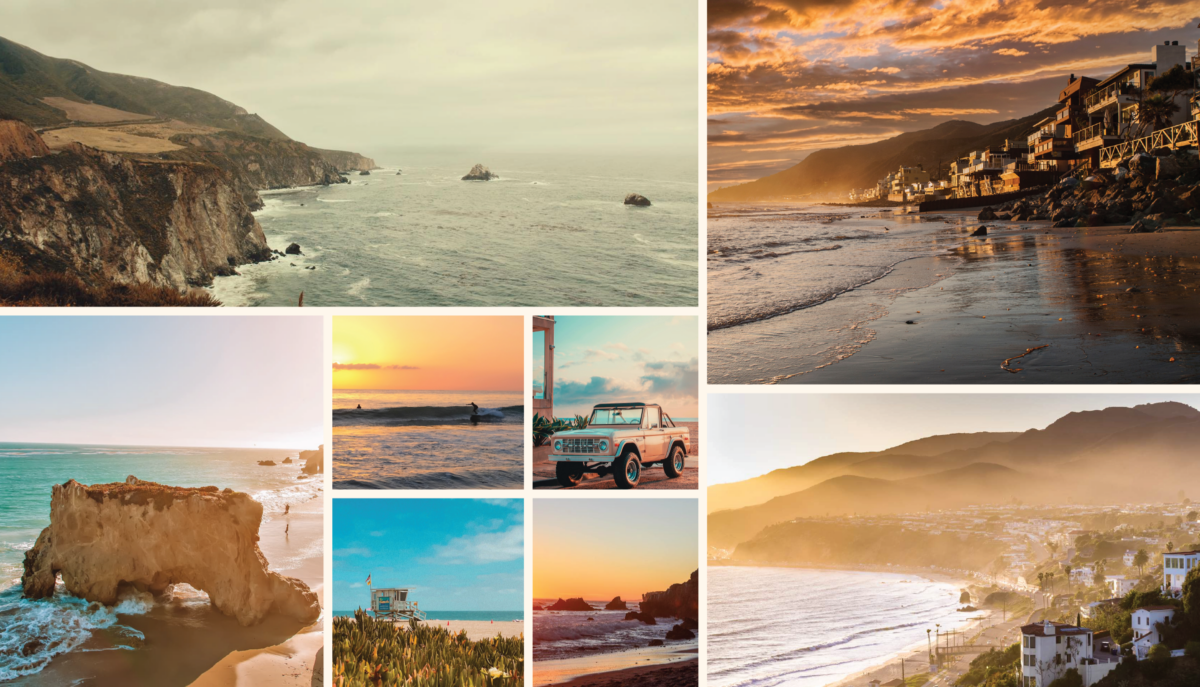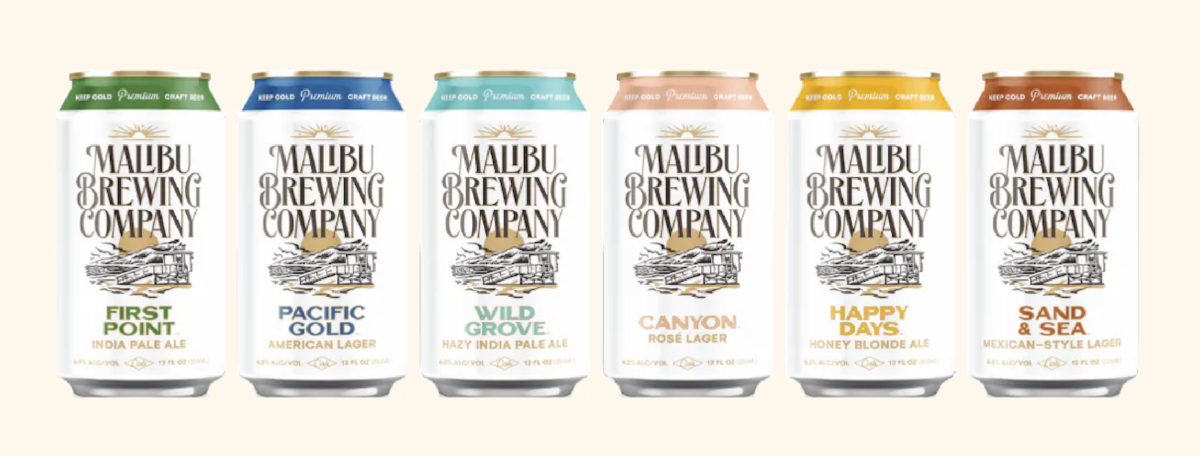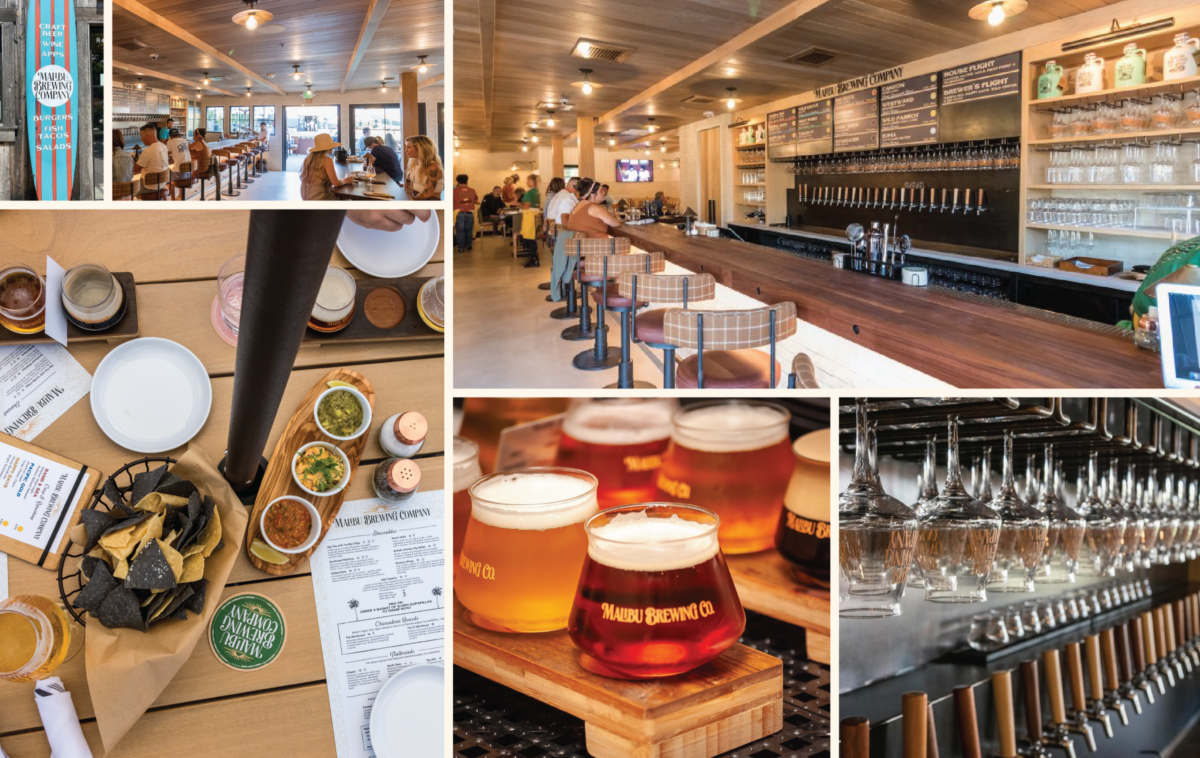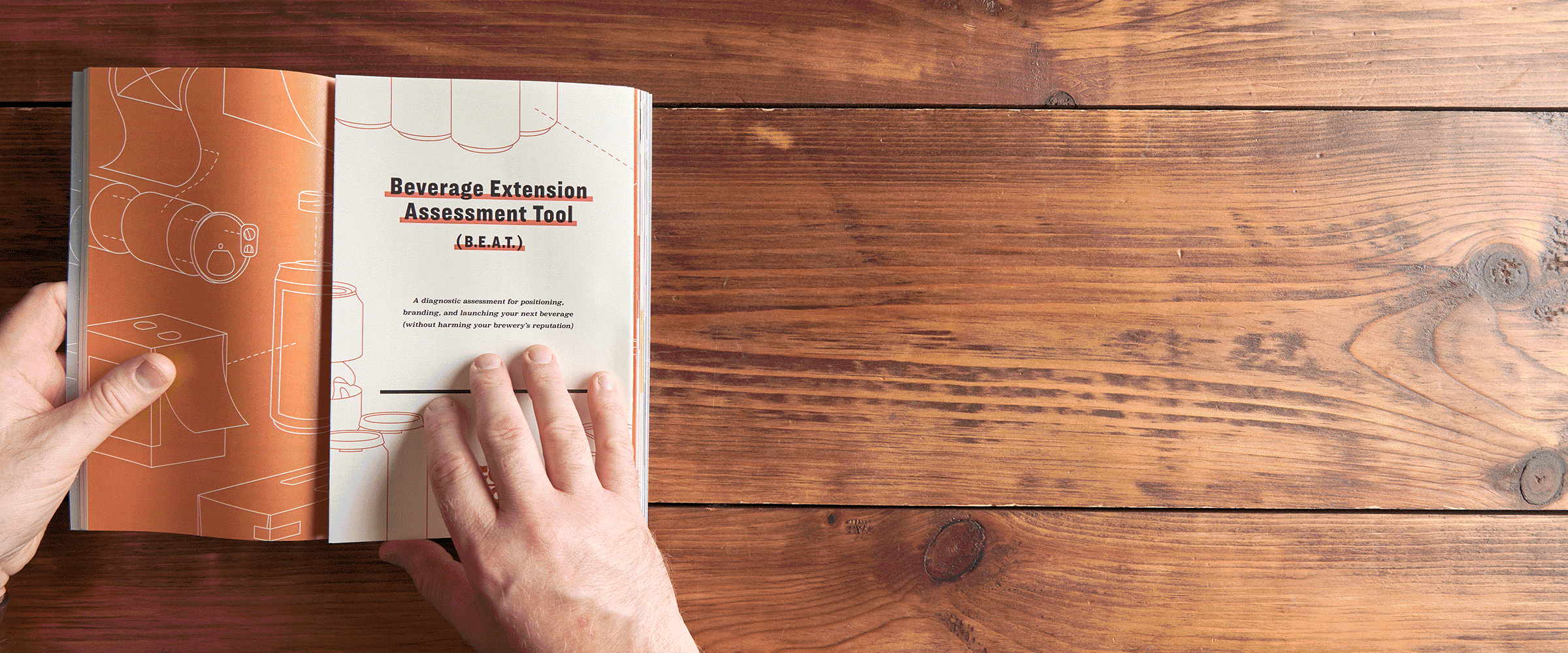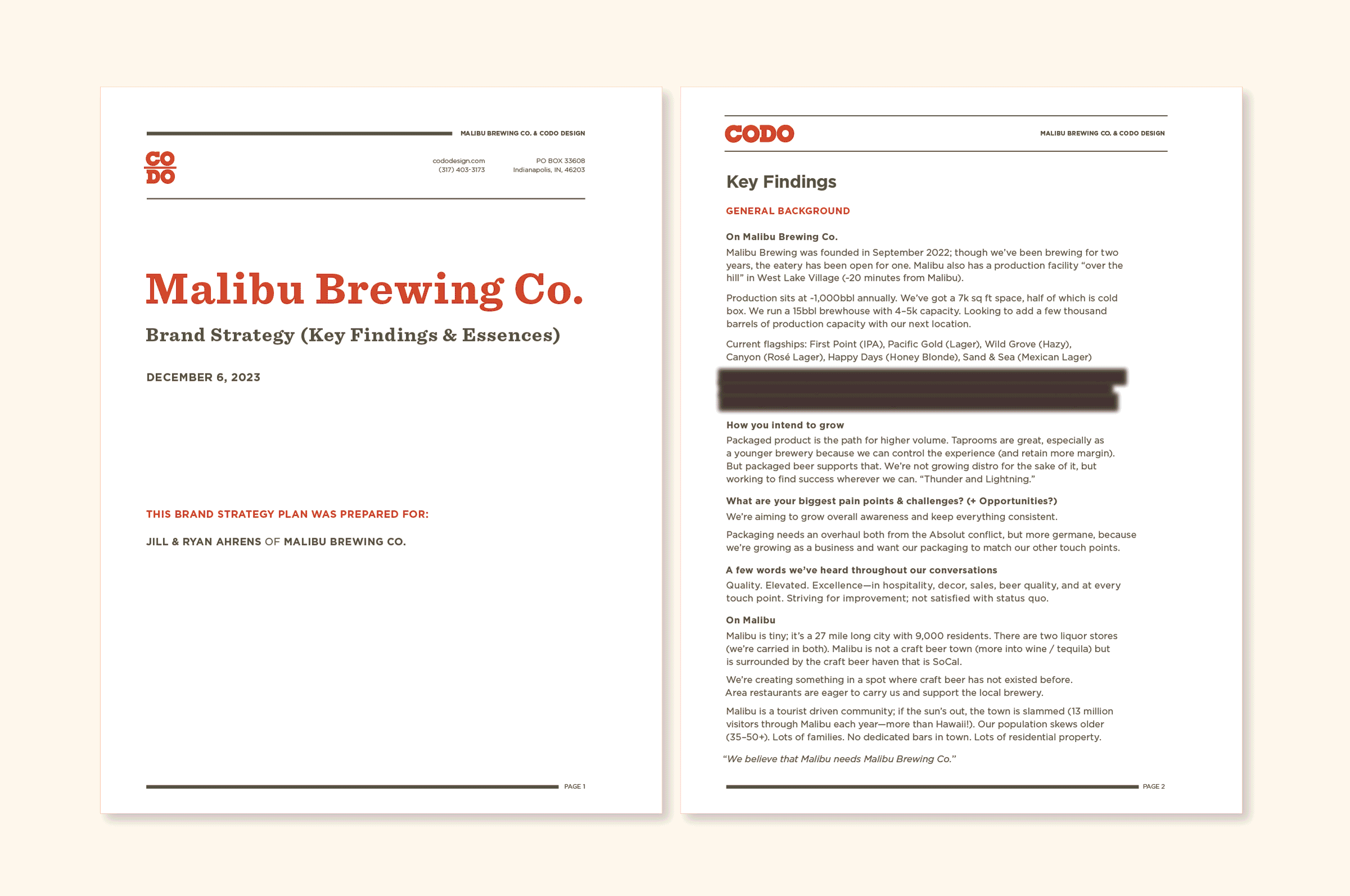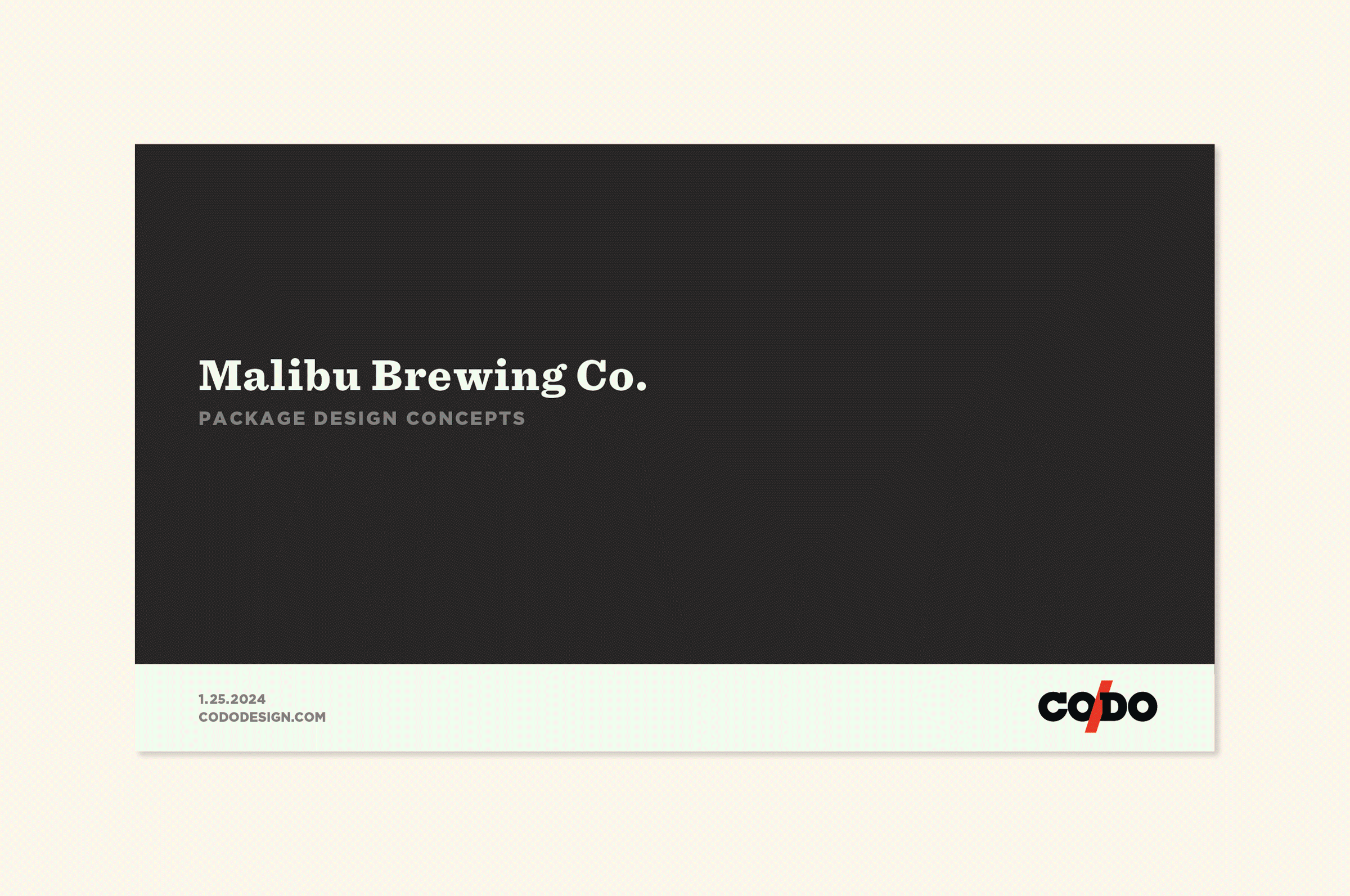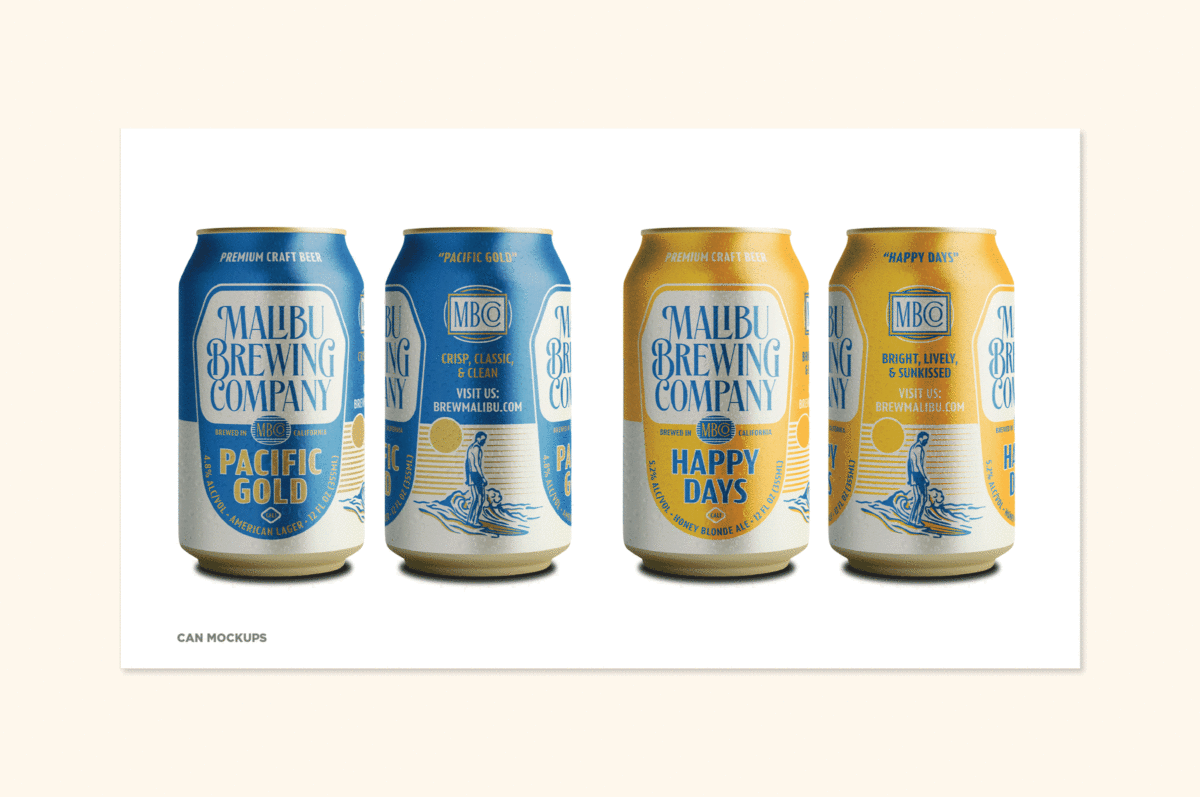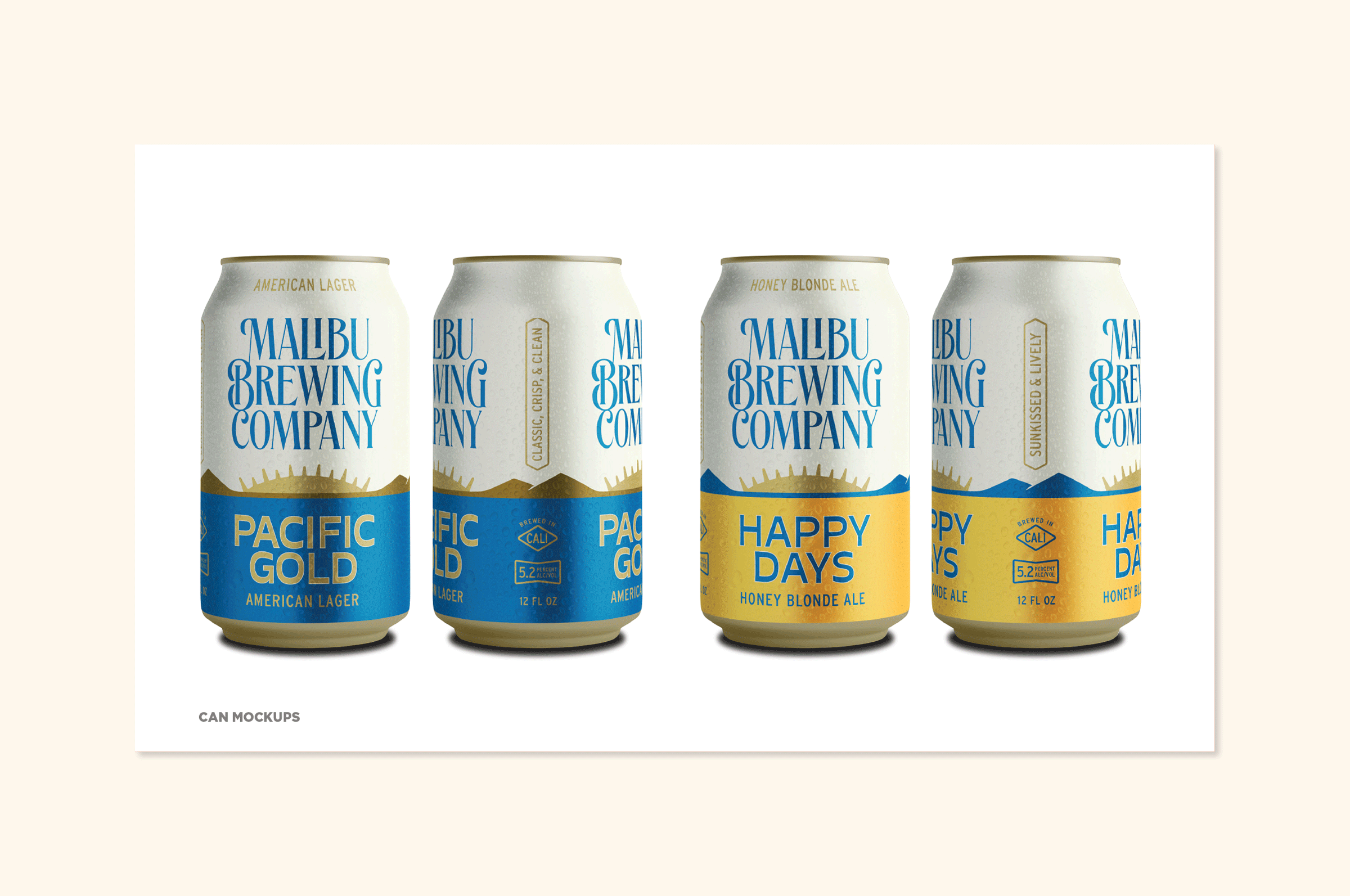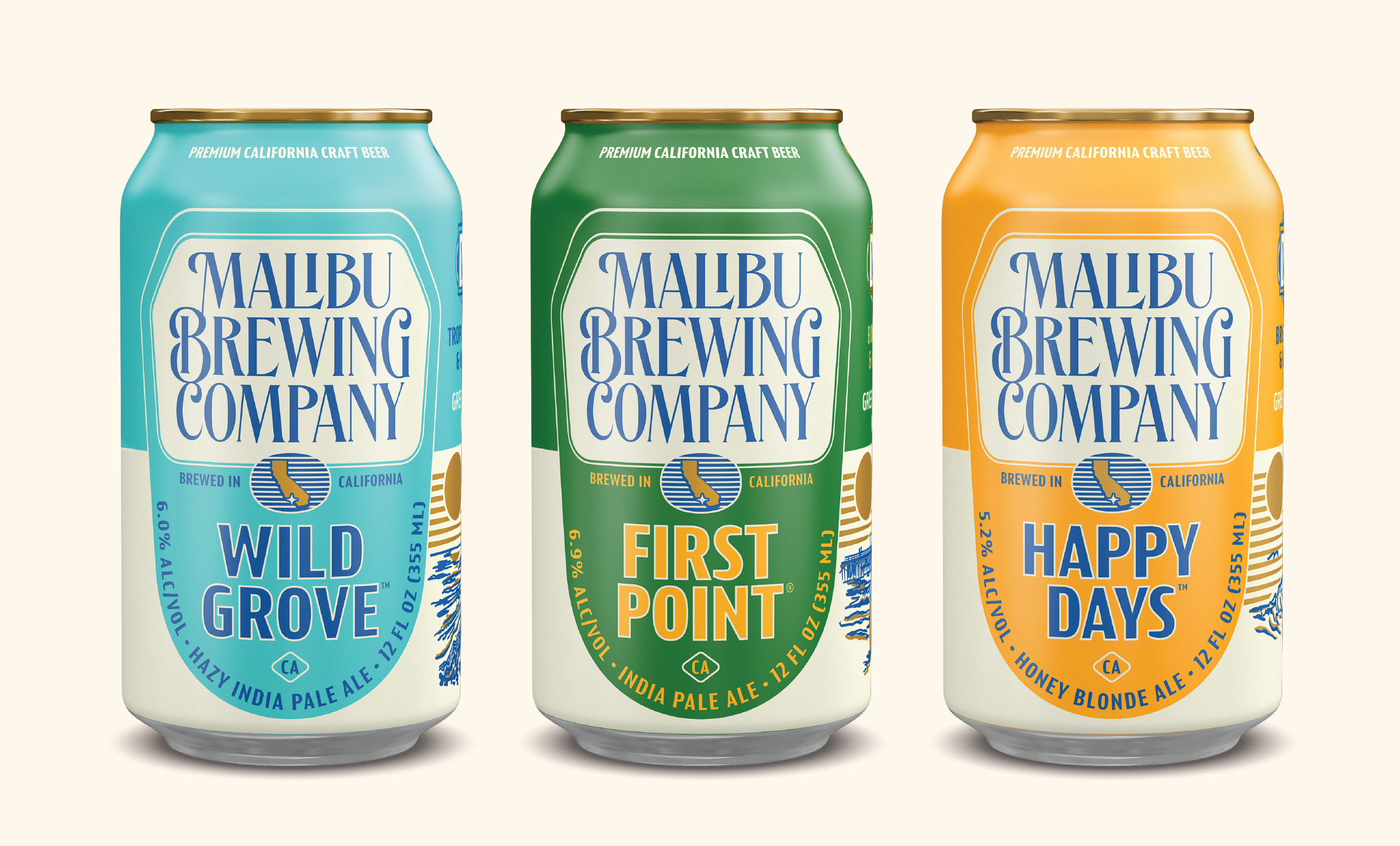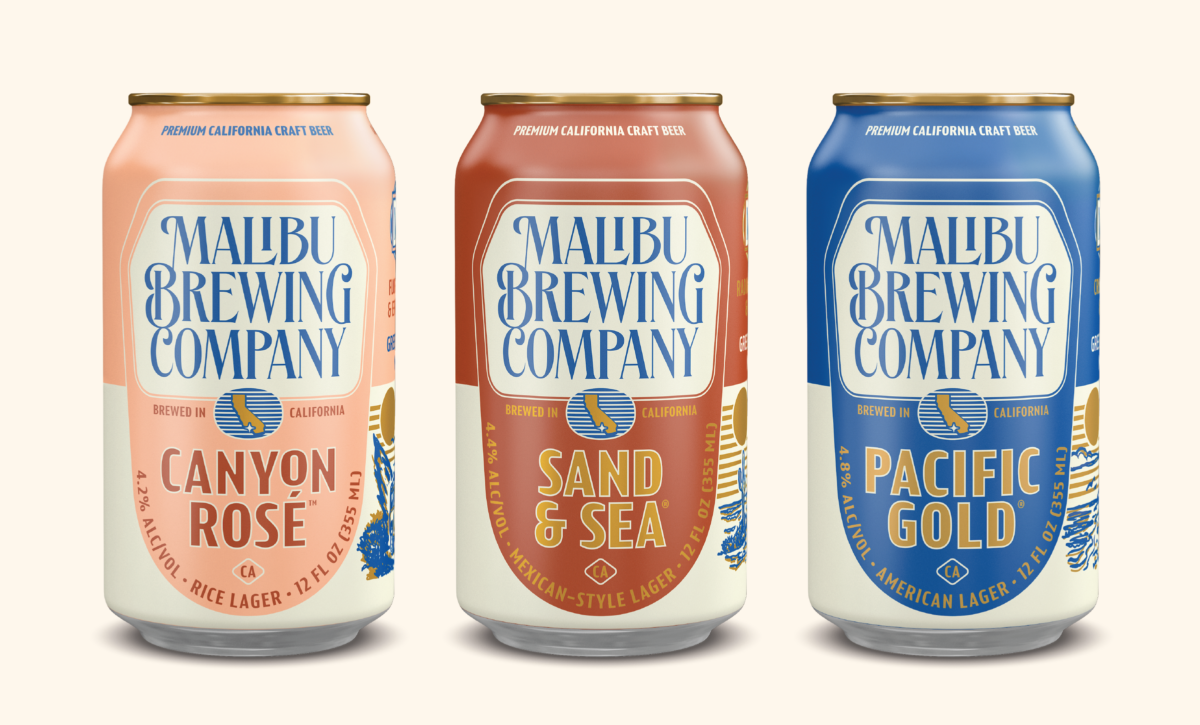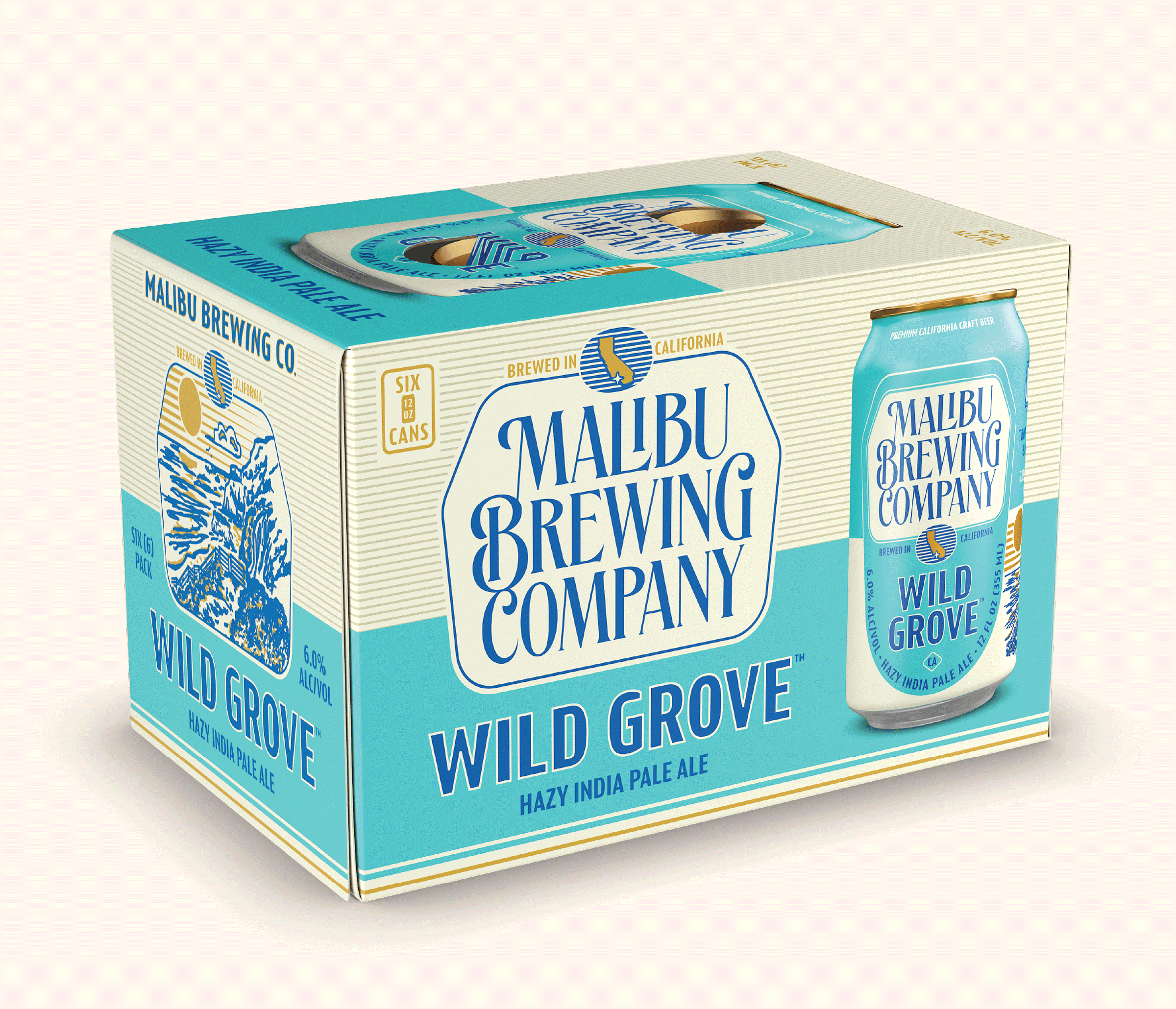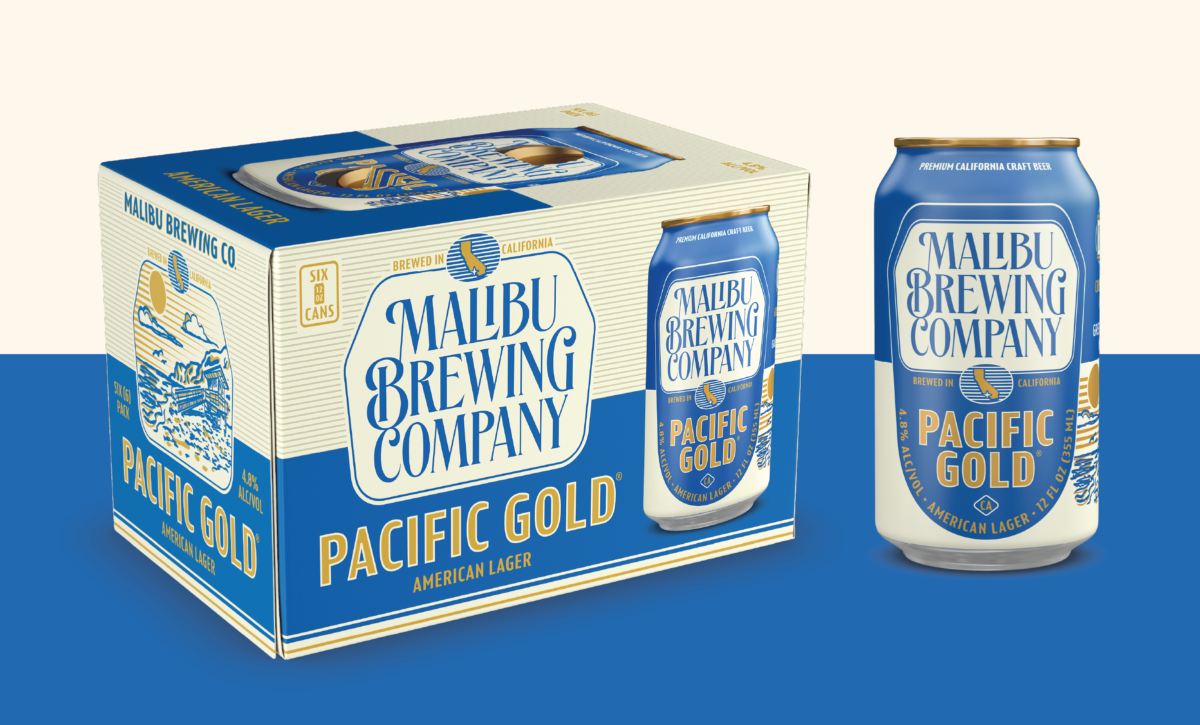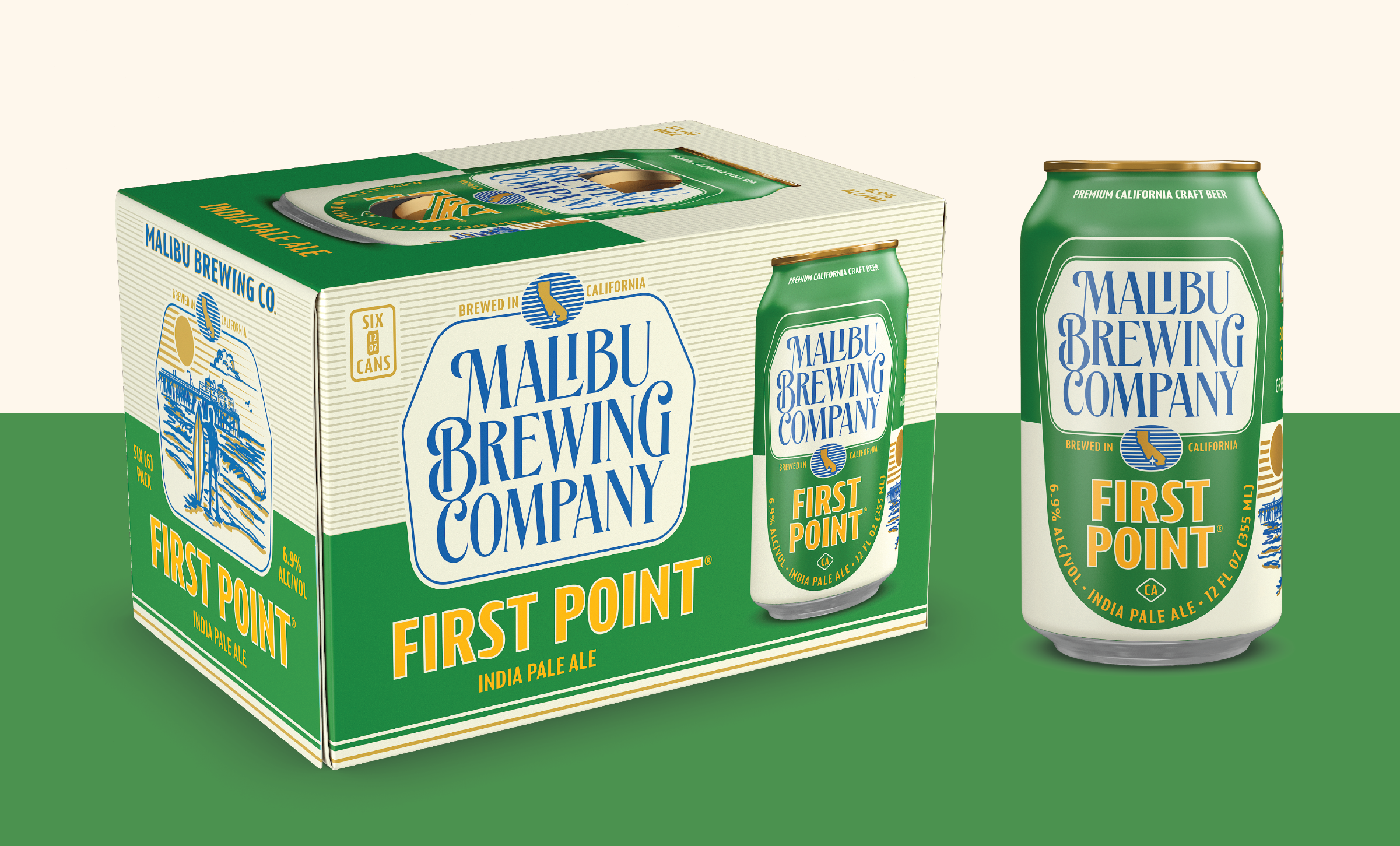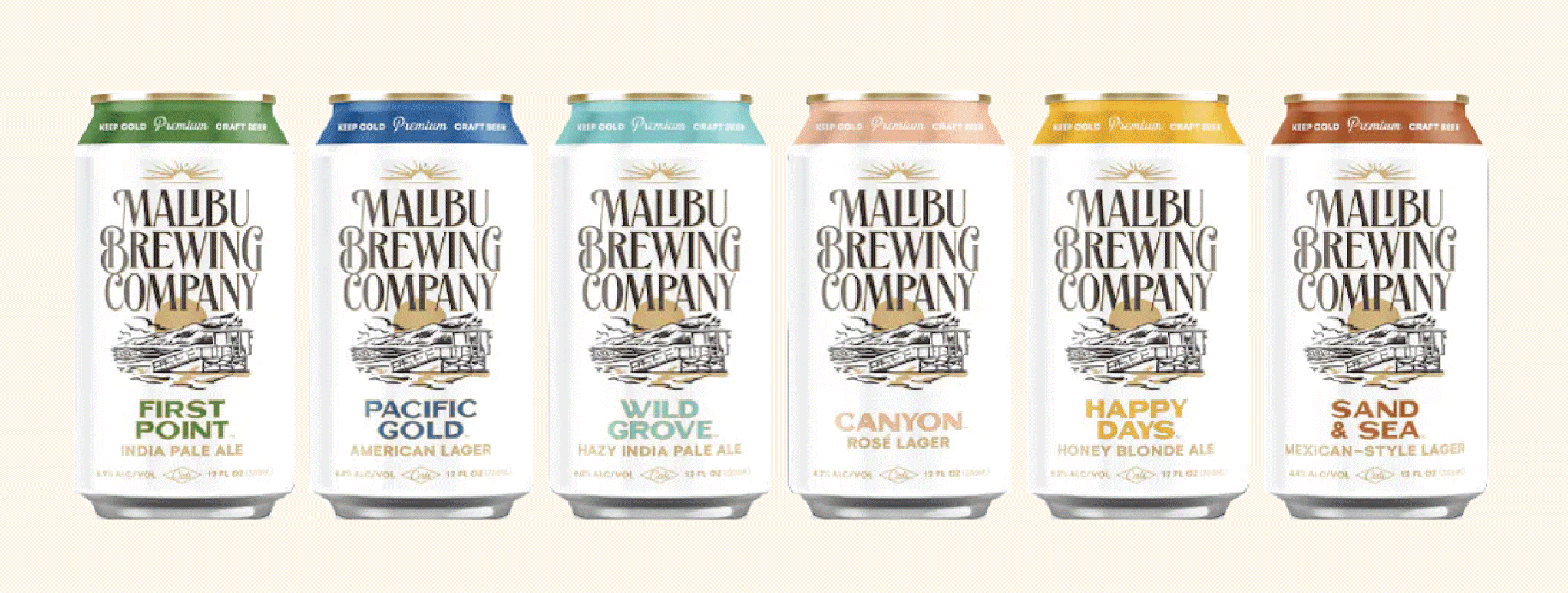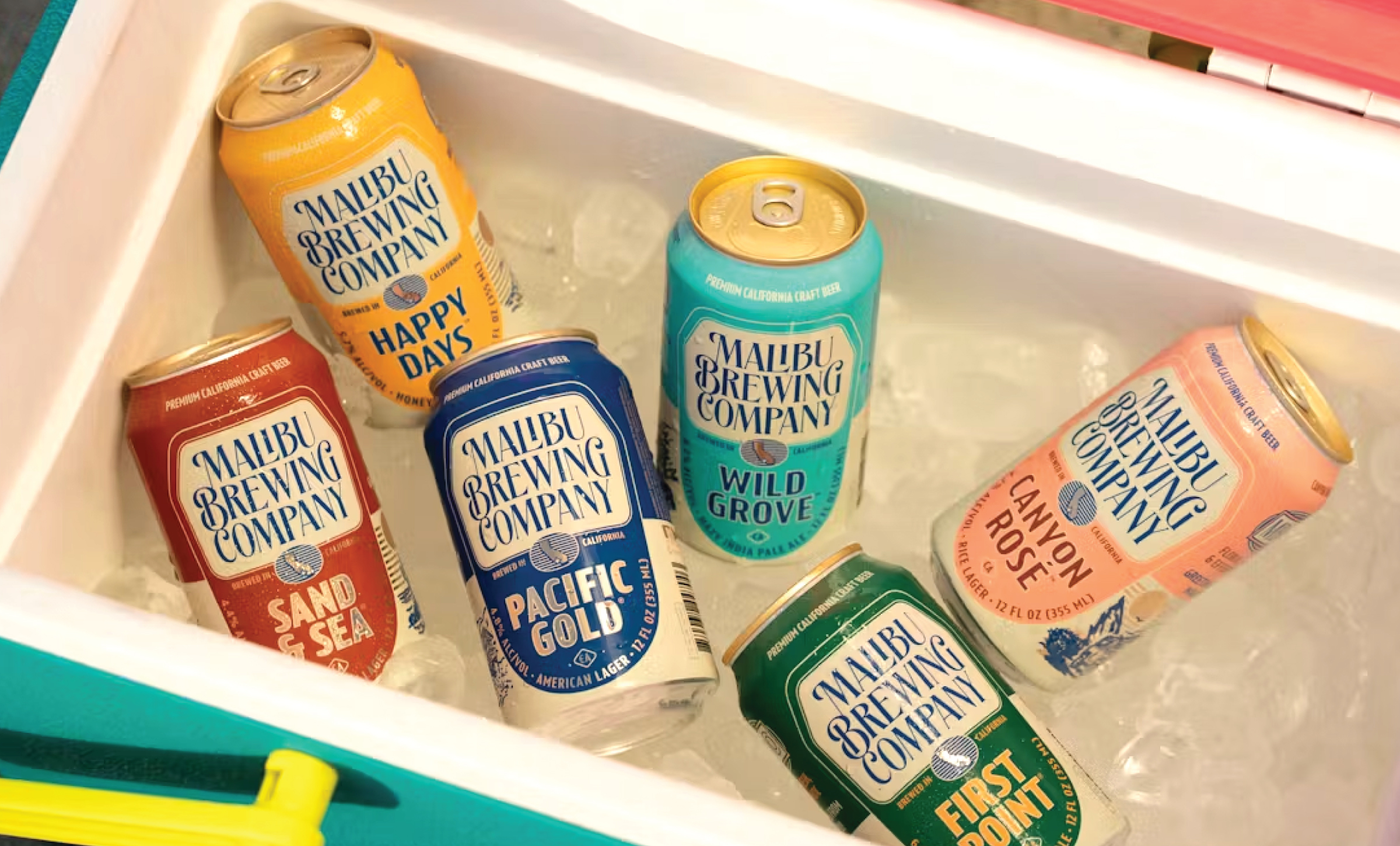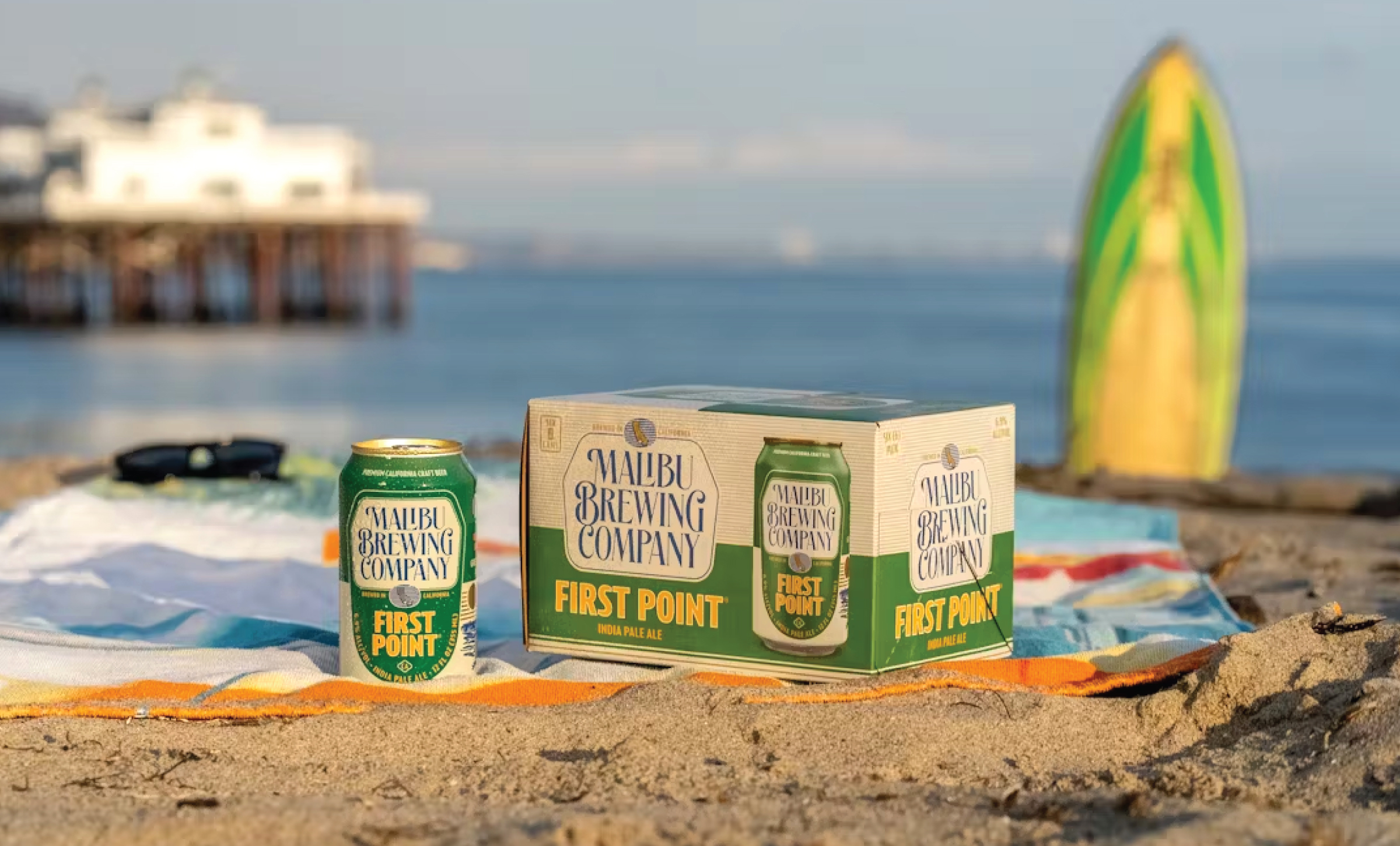Is Malibu a brewery brand or a broader hospitality group?
I wanted to highlight this idea as well, because we’re seeing breweries across the country struggle with this.
One question Malibu had going into his process was whether or not it made sense to create a separate hospitality brand ahead of their expansion.
We’re Malibu Brewing now with one location. What happens when we open our second location in town? Or if we open a new taproom over in Rancho Cucamonga? Or if we open a cocktail bar?
Our stance is that Malibu Brewing is a Craft Beer brand, albeit one with an outsized hospitality focus. We see a real opportunity to buck the negative craft beer tropes by blowing customers away with an unparalleled experience (everything from decor, to food and branding and package design and staff eduction and customer service).
While the hardcore craft beer fan may not be motivated by this alone, we think local folks who are new to craft (underserved demographics, younger LDA drinkers and even craft’s traditional demo of Millennials and Gen Xers who never caught the craft bug in the first place) will respond inordinately well to this approach.
This issue — brewery vs. hospitality group — collided directly another important and timely question:
How well does the Malibu name travel?
Does a localized name (e.g. named after a place) limit where the brand can credibly go?
Does being from Malibu help, hurt or even matter to folks in Rancho Cucamonga? How about further away in Los Angeles?
Directly from our Brand Strategy document here:
We believe the Malibu brand (beautiful beach, scenery and people — an aspirational California getaway) is imminently exportable.
We recommend you should own Malibu (the locale) completely. Carrying your name through to follow-on concepts will bolster your local bonafides as well as gird against any potential future competition. Regardless of how far you expand, owning the Malibu market will be crucial for your brand and business health.
This means that satellite locations, even if across town, should be named Malibu Brewing Co., no different from your flagship location. Opening another location in Malibu proper will likely capture an entirely unique, hyper-local audience. For them, this is Malibu Brewing. So reinforce that.
However, we recommend giving each location its own unique vibe, bespoke to the area. So different interior design features, murals, colors, furniture, fixtures, etc. You could also give them a fun, colloquial nickname (e.g. “Malibu North”). So even though the location flies under the Malibu banner, you won’t be perceived as a chain.

